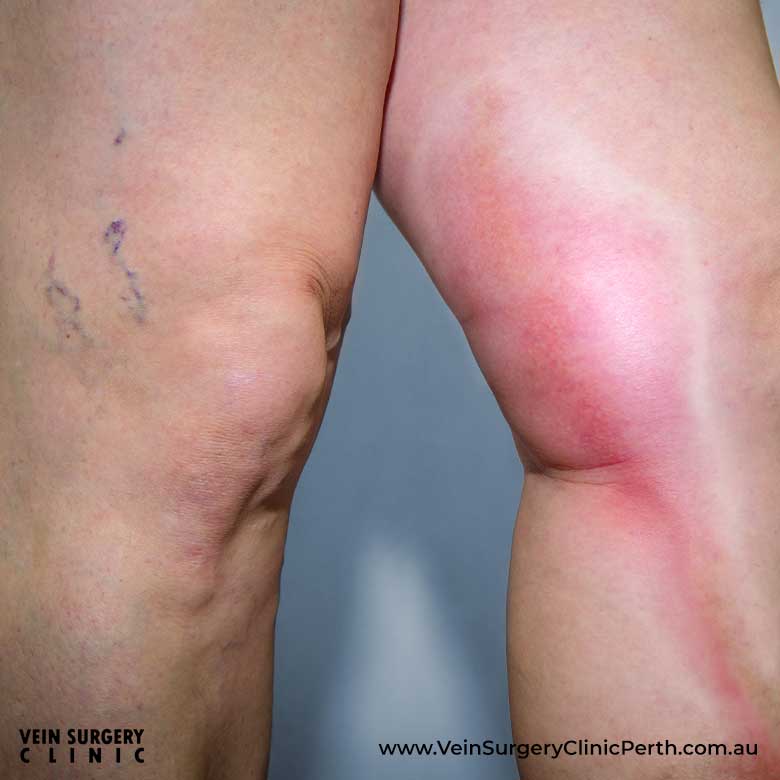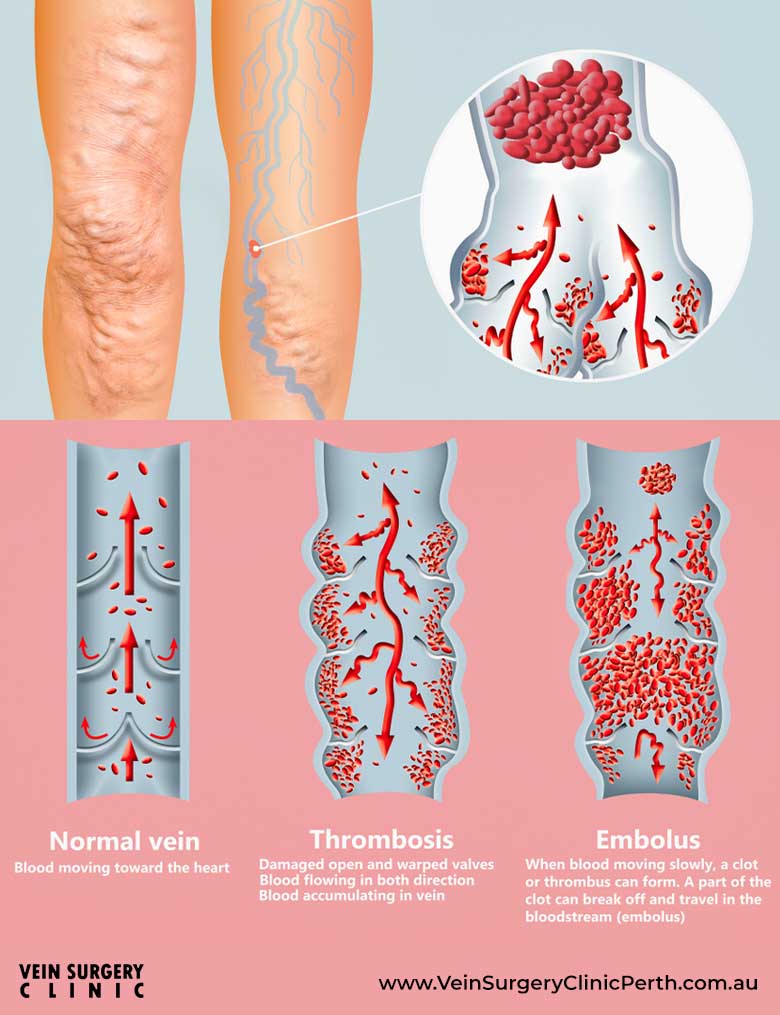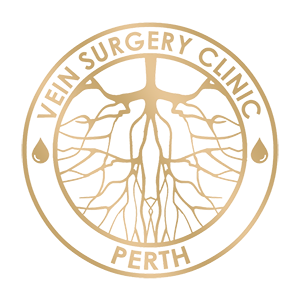Thrombosis


Thrombosis is a blood clot inside a vessel which can happen in a vein or artery. Blood clots can be large enough to block a vessels lumen. Blood clots inside venous lumen usually cause inflammation (Phlebitis) that can damage the vein wall and valves. The superficial venous system is called superficial venous thrombophlebitis (SVT) and in a deep venous system is called deep vein thrombosis (DVT). There are several factors that increase the risk of developing venous thrombosis such as long surgical operations, family or personal history of venous thrombosis, some hormonal therapies (e.g contraceptive pills), age and varicose veins.
Blood clots in the venous system can cause pain, swelling and redness of the leg. In uncommon cases blood clots can move to the lung and cause shortness of breath and chest pain.
Diagnosis of Venous thrombosis involves a clinical examination and using ultrasound confirms the possible diagnosis. Blood tests (D-Dimer) and venography are the other possible diagnostic tests which are invasive and not necessary in most of the cases.
Superficial venous thrombophlebitis (SVT) is less serious and resolves in a few weeks with some simple management steps, although SVT can progress to cause DVT. Treatment steps of superficial venous thrombosis are daily walking, anti-inflammatory medication, compression bandage and in some cases a blood thinner (Anticoagulation medication) is necessary.
Deep vein thrombosis treatment usually needs 3 months or longer on blood thinner (Anticoagulation medication) medication and compression bandage to control the swelling. Physical activity such as daily walking is important for prevention and management of DVT. Occasionally extensive DVT (thigh veins and pelvic veins) management is needed to dissolve and remove clots with chemical and mechanical intervention.
